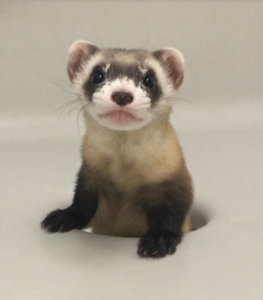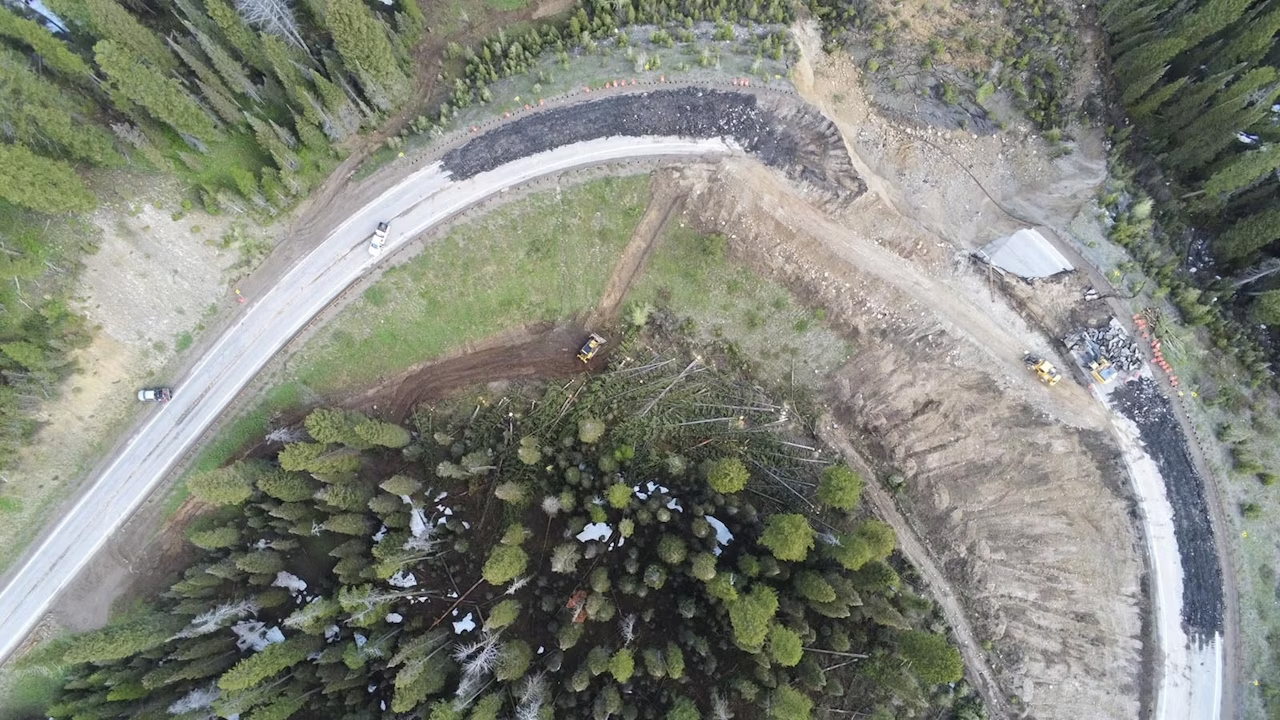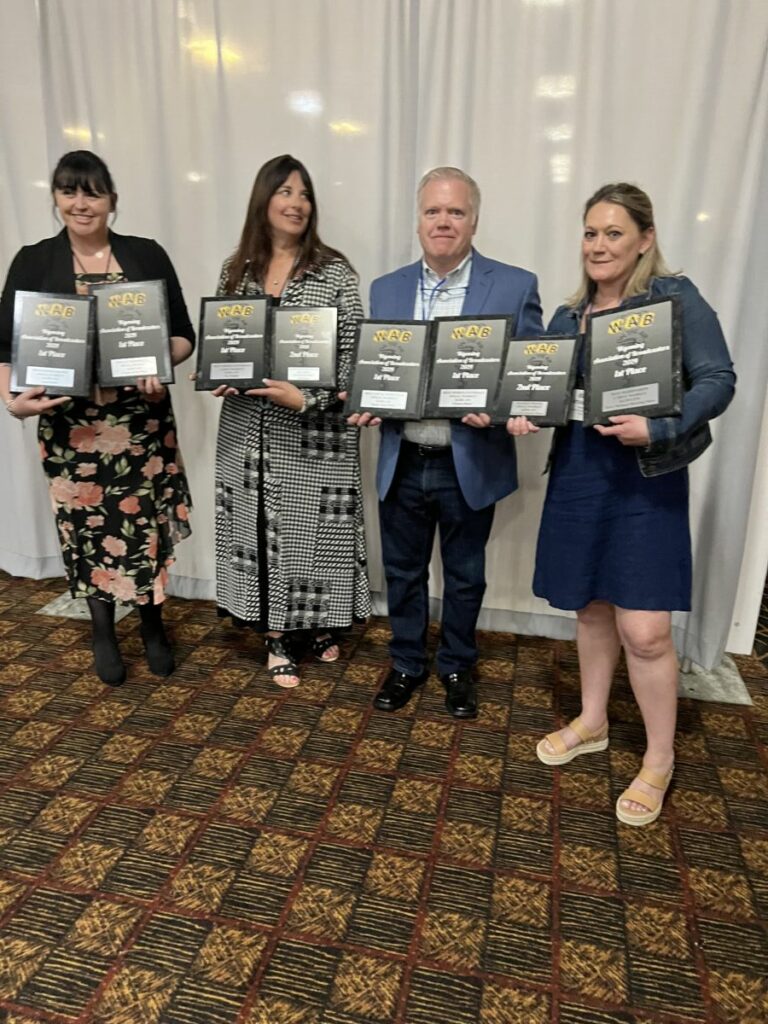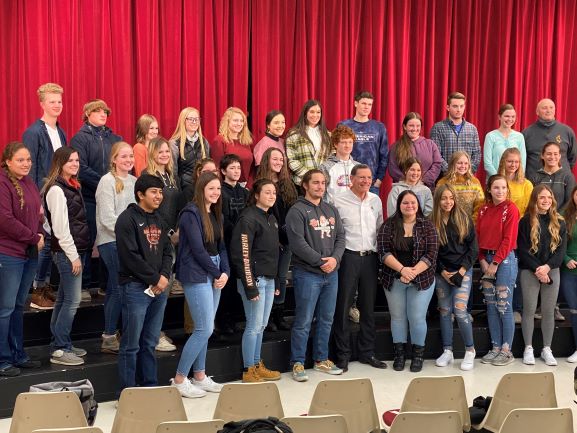Cloning Gives Black-footed Ferrets a Thriving Chance
Written by Andrew-Rossi on February 23, 2021
A field of science once deemed science fiction has succeeded in giving one of Wyoming’s most famous endangered species another chance at life.
On Dec. 10, 2020, a black-footed ferret was born at the U.S. Fish and Wildlife Service’s National Black-footed Ferret Conservation Center in Colorado. An otherwise positive but unexceptional announcement from the conservation center.
The big news is that “Elizabeth Ann” wasn’t so much born as created. The ferret is a clone, an exact genetic copy of “Willa,” another ferret that lived and died three decades ago.
This is the first cloning of a native endangered species in North America.
No, this isn’t Jurassic Park. It’s the first step towards a new way to protect critically endangered species.
Noreen Walsh, director of the U.S. Fish and Wildlife Service’s Mountain-Prairie Region, says this is a preliminary but important step for the continued conservation of this endangered creature.
“Although this research is preliminary, it is the first cloning of a native endangered species in North America, and it provides a promising tool for continued efforts to conserve the black-footed ferret. Maintaining and increasing wild populations and suitable habitat continues to be essential for black-footed ferret recovery and will remain a priority for the Service.”
The species was thought to be extinct until 1981. Wyoming Game and Fish captured seven ferrets found on the Hogg Ranch in Meeteetse. This discovery saved the species as it began a successful captive breeding program.
While the black-footed ferret is slowly recovering across its historic range, this comes with genetic complications. All the extant ferrets in the United States are descended from these same seven individuals.
Willa, the black-footed ferret, has no living descendants and is not one of the seven ferrets captured in 1981. When she died, Wyoming Game and Fish collected and froze tissue samples, sending them to the San Diego Zoo Global’s Frozen Zoo in 1988.
Using these frozen cells, new cells were cloned to create Elizabeth Ann. Since her December birth, she is growing well and healthy.
Willa’s genome possesses three times more unique variations than the living population. If Elizabeth Ann successfully mates and reproduces, she could provide unique genetic diversity to the species – crucial to the future success of black-footed ferrets.
Cloning isn’t a solution to the conservation issues that continue to affect many Wyoming species of plants and animals and drove black-footed ferrets to the point of extinction.
“Successful genetic cloning does not diminish the importance of addressing habitat-based threats to the species or the Service’s focus on addressing habitat conservation and management to recover black-footed ferrets, Walsh says.”
Elizabeth Ann and her surrogate mother are currently separated from other breeding black-footed ferrets. The first cloned ferret will live her life at the National Black-footed Ferret Conservation Center as additional research is completed.
Scientists are working to produce more black-footed ferret clones in the coming months as part of continuing research efforts.





